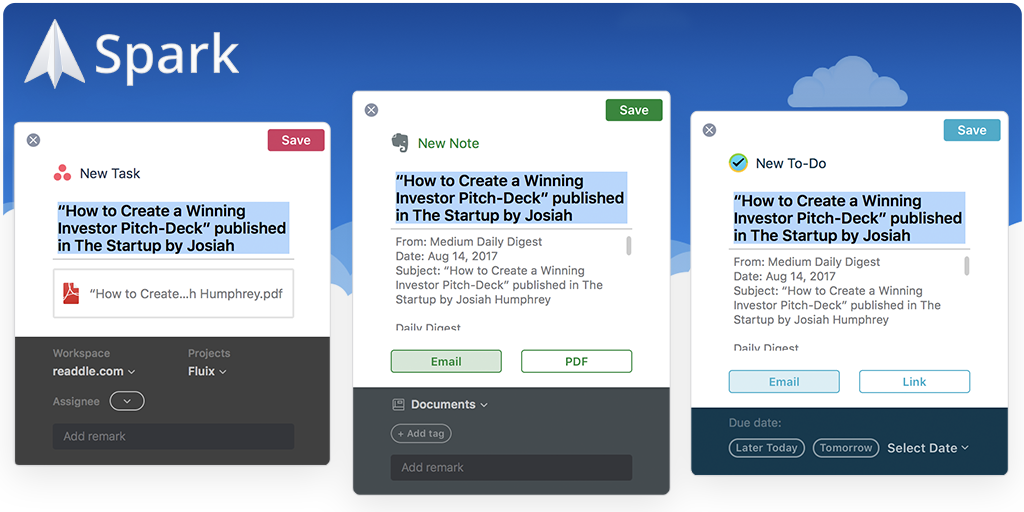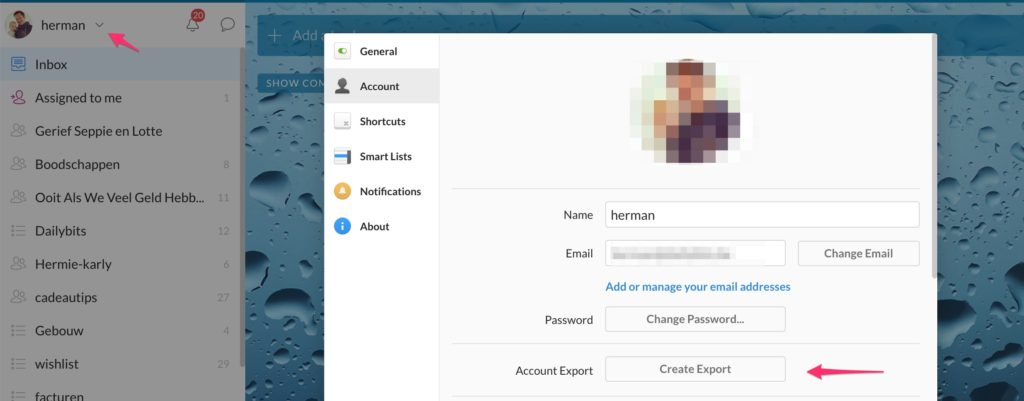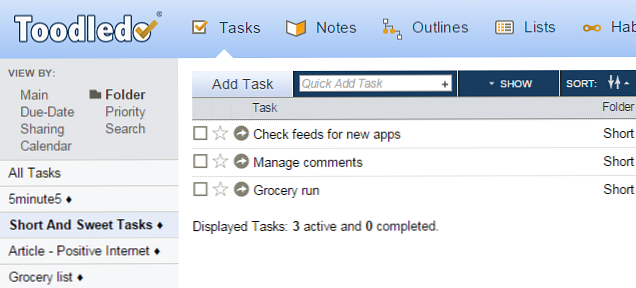features · Apr 29, 2020
Our pick for the best Wunderlist alternatives is, without a doubt, nTask. Call us biased, but it’s. Open Todoport (Its Paid now) 2. Under “I want to Export From”, click the “Wunderlist” button. Log into your Wunderlist account. Under “I want to Import To”, choose the service you want.
Wunderlist Alternative: Effortlessly Switch to Quire
Wunderlist has been a go-to task management software and a to-do list app for hundreds of thousands people. We understand how sad you must be when Microsoft decided to shut down Wunderlist and force you to switch to Microsoft To-Do. It’s not fair, we know. It’s frustrating, we understand. Life just cannot go your way, can it?

With Wunderlist going away in May, you have to find a better task management software. And somehow, you ended up here with Quire. We know you are sad that your favorite to-do app is now gone, but we’re secretly happy for you to explore your soon-to-be best friend - Quire! We’re here to help you replace Wunderlist with a simple yet powerful software that can walk your dreams home.
“I'm truly amazed by how it works! I'm one of the Wunderlist orphans to be, so I started a search for a new app to use both for private and professional small projects. Quire is by far the best one among some ten or more I tested! I'm really satisfied, you and your team should be proud to make one of the best products about project management and productivity!”
-- Lucas Marquetti
Easy and Fast Process to Migrate Your Projects from Wunderlist
Change can be uncomfortable, but we’ve made it easy for you! Here’s how we help you upgrade your task management software to Quire!
Export your data from Wunderlist into a zip file then uncompress the folder to find a JSON file.
Tip: You can go to Account Settings on Wunderlist, choose Account, click Create Backup and wait for the zip file to be sent to your mailbox.
Create a new project at Quire.
Click on the dropdown next to your new project’s name and import the uncompressed JSON file.
All of the lists from the left sidebar in Wunderlist will be treated as root tasks in Quire, and the tasks inside the lists will be treated as subtasks. If there’s a subtask in Wunderlist, it will become the sub-subtask in Quire. If you wish to treat each list from Wunderlist as a project in Quire, you can move these tasks to other projects.
Ready to kickstart your project and continue where you left off?
Of course we never want you to feel left out here, so we have prepared a few helpful resources to lend you a hand with setting up your account with Quire!
- Tutorial for Quire’s Kanban Board (something that Wunderlist doesn’t offer!)

Export Wunderlist To Csv
Welcome to Quire! We love that you’re here now!
It’s not easy to start over again! As if life hasn’t been hard enough, now that the app you’re working with for years has suddenly gone away. Just know that Quire is here now, your projects are in good hands now, and this time, your task management software is here to stay.

We hope the transition will not make you feel frustrated, we also hope you feel welcome here with Quire. We believe Quire can help you achieve your goals, plan your future and get things done in the most efficient way.
Let us know your first experience with Quire in the comments section or tweet us at @quire_io!
| # Wunderlist export: |
| # convert .json to .tab file |
| input_file='wlist.json' |
| output_file='wlist.txt' |
| importjson |
| # load json into data object |
| data=json.load(open(input_file)) |
| # create a hash of task lists, keyed by list_id |
| lists= {} |
| forlindata['data']['lists']: |
| lists[l['id']] =l |
| # collect incompleted tasks |
| # we only care about: |
| # - task: the task description |
| # - list: what list it was on |
| # - starred: and if it was starred (denote with '*' if so) |
| tasks= [] |
| fortindata['data']['tasks']: |
| ifnott['completed']: |
| task= {} |
| task['task'] =t['title'] |
| task['list'] =lists[t['list_id']]['title'] |
| task['starred'] ='*'ift['starred'] else' |
| tasks.append(task) |
| # save results into a tab-separated text file |
| headers= ['list','starred','task'] |
| withopen(output_file, 'w') asf: |
| # first line are the header names |
| f.write('t'.join(headers) +'n') |
| # rest is the data |
| fortintasks: |
| f.write('t'.join([t[h] forhinheaders]) +'n') |

Export Wunderlist To Microsoft To Do
